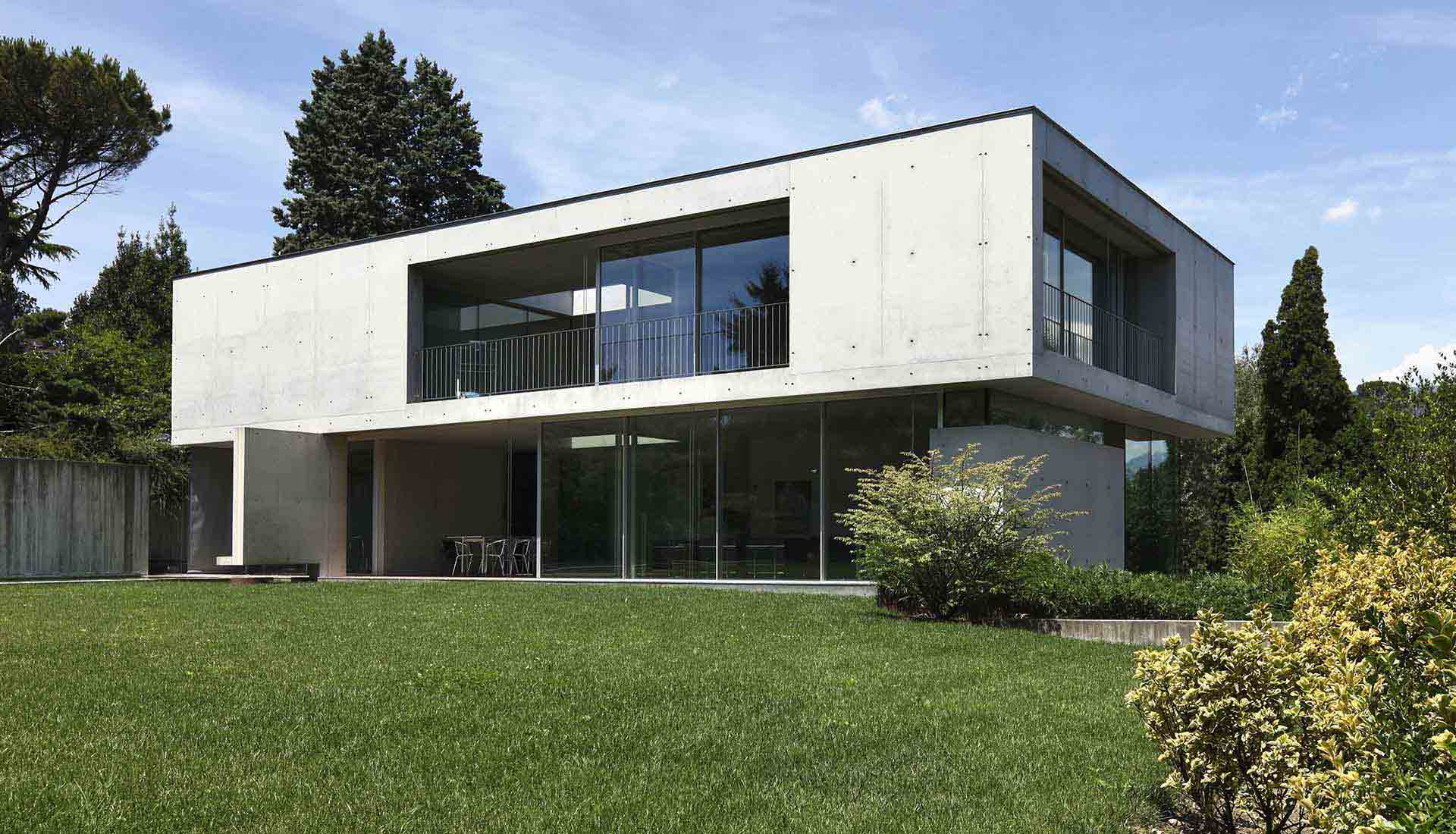The Link Between Environmental Design and Happiness
How Healthy is Your Home? How Happy Are You?
Creating Healthy Spaces: The Link Between Environmental Design and Happiness
In recent years, there has been a growing recognition of the profound impact that our physical surroundings have on our overall well-being. From the layout of our homes to the design of our workplaces, every aspect of our environment can influence our mood, productivity, and overall happiness. In this article, we explore the concept of healthy spaces and their role in promoting happiness.
The Connection Between Environment and Happiness:
Research has shown that our environment plays a crucial role in shaping our emotional state and sense of well-being. Factors such as natural light, access to green spaces, and ergonomic design can have a significant impact on our mood and overall happiness. By creating environments that prioritize these elements, architects and designers can enhance the quality of life for occupants.
Designing for Happiness:
Creating healthy spaces that promote happiness requires a thoughtful and holistic approach to design. This includes considering factors such as:
Natural Light: Exposure to natural light has been linked to improved mood and increased productivity. Designing spaces with ample natural light can help boost energy levels and promote a sense of well-being among occupants.
Access to Nature: Incorporating elements of nature, such as indoor plants and outdoor views, can have a calming effect on occupants and improve mental health. Green spaces and biophilic design elements can
create a connection to the natural world, reducing stress and promoting relaxation.
Ergonomic Design: Designing spaces with ergonomics in mind can improve physical comfort and reduce the risk of musculoskeletal disorders. Comfortable furniture, adjustable workstations, and proper lighting are essential elements of ergonomic design that contribute to overall happiness and well-being.
Social Interaction: Spaces that facilitate social interaction and community engagement can enhance happiness by fostering a sense of connection and belonging. Designing communal areas and shared spaces encourages interaction among occupants, leading to positive social experiences and increased happiness.
Mindfulness and Wellness: Integrating wellness features such as meditation spaces, fitness facilities, and wellness programs into the design of spaces promotes mental and physical well-being. Designing for mindfulness and wellness encourages healthy habits and supports overall happiness among occupants.
Incorporating elements of healthy design into our built environments can have a profound impact on our happiness and well-being. By prioritizing natural light, access to nature, ergonomic design, social interaction, and mindfulness, architects and designers can create spaces that promote happiness and contribute to a higher quality of life for occupants. Investing in healthy spaces not only benefits individuals but also enhances the overall vitality and vibrancy of communities.

